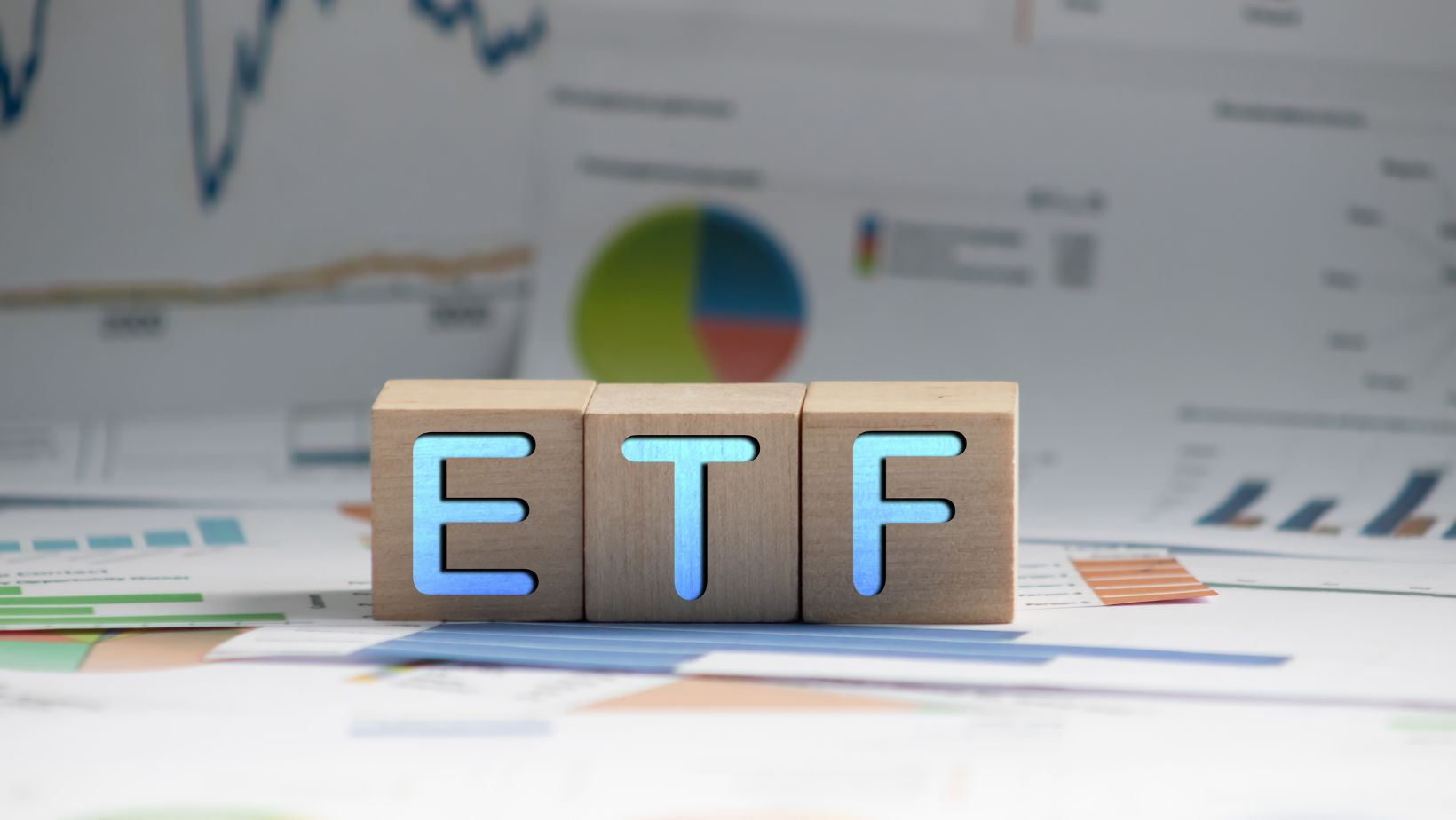
In a significant development for cryptocurrency investors seeking more structured exposure to digital assets, First Trust Advisors has introduced two innovative Bitcoin Strategy ETFs designed to address concerns related to crypto price volatility, showcased on platforms like Binance, that have kept many traditional investors on the sidelines. These products represent a growing trend of investment vehicles that aim to bridge the gap between conventional finance and the cryptocurrency market. This new approach to Bitcoin investment could potentially expand the ecosystem by attracting investors who desire Bitcoin exposure but with controlled risk parameters.
The Twin Offerings: BFAP and DFII
First Trust’s new Bitcoin strategy offerings consist of two distinct funds launched in early April 2025: the FT Vest Bitcoin Strategy Floor15 ETF (BFAP) and the FT Vest Bitcoin Strategy & Target Income ETF (DFII). Both funds are part of First Trust’s expanding Target Outcome ETFs lineup, which has seen remarkable growth, reaching over $28 billion in total net assets as of February 2025—a 53% increase year-over-year.
The BFAP ETF employs an innovative approach that seeks to track Bitcoin’s price performance up to a predetermined cap while limiting potential losses to approximately 15% over a one-year period. This “floor” strategy utilizes a sophisticated options-based approach rather than direct Bitcoin holdings. As Ryan Issakainen, Senior Vice President and ETF Strategist at First Trust, explains: “We believe BFAP will be a useful tool for those seeking to participate in a meaningful portion of bitcoin’s potential upside while also addressing downside risk”.
Meanwhile, DFII takes a different tack. This actively managed fund aims to generate income by selling call options on Bitcoin-related assets while maintaining partial exposure to Bitcoin’s price movements. The fund targets an ambitious annual income level of 15% (before fees and expenses) over the yield of one-month U.S. Treasury securities.
This approach capitalizes on Bitcoin’s notorious volatility as a source of potential income rather than seeing it purely as a risk factor.
The Strategy Behind the ETFs
Unlike direct Bitcoin investments or spot Bitcoin ETFs, First Trust’s offerings don’t hold Bitcoin directly. Instead, both funds utilize a combination of options contracts that reference Bitcoin’s price performance through the Cboe Bitcoin U.S. ETF Index. These options include FLexible EXchange Options (FLEX Options), standardized listed options, and over-the-counter options.
For BFAP, this structure enables the fund to create a defined risk-reward profile over its target outcome period of approximately one year. The fund effectively caps potential gains in exchange for downside protection, making it more palatable for risk-averse investors who might otherwise avoid cryptocurrency exposure entirely.
Jeff Chang, President of Vest Financial LLC, which sub-advises the funds, highlighted that BFAP represents “an innovative step forward in risk-managed cryptocurrency investing” by structuring investments with a defined floor and upside cap. This approach provides investors with a more controlled way to engage with Bitcoin while mitigating downside exposure.
DFII’s strategy is particularly noteworthy as it showcases how Bitcoin’s volatility—often viewed as its greatest weakness in traditional finance circles—can be harnessed as an income-generating asset. By selling call options, the fund aims to create a steady income stream while still allowing for some participation in Bitcoin’s potential appreciation.
Market Context and Future Outlook
First Trust’s Bitcoin strategy ETFs enter a market that has been rapidly evolving since the approval of spot Bitcoin ETFs in January 2024. Those earlier products, which directly hold Bitcoin, saw explosive growth, with collective assets under management reaching approximately $93 billion by early April 2025.

However, the new strategy ETFs from First Trust occupy a different niche. Rather than competing directly with spot Bitcoin ETFs, they complement the ecosystem by offering alternative approaches for investors with different risk tolerances and income needs.
Looking ahead, these products could help expand the overall cryptocurrency investment landscape by making Bitcoin exposure more accessible to conservative investors and income-focused portfolios. As Karan Sood and Trevor Lack, the portfolio managers for both funds, implement their strategies, market observers will be closely watching how these products perform relative to both direct Bitcoin investments and traditional fixed-income alternatives.
Conclusion
First Trust’s Bitcoin Strategy ETFs represent an important evolution in cryptocurrency investment options. By applying established risk management techniques from traditional finance to Bitcoin exposure, these products could potentially bridge the gap between crypto enthusiasts and mainstream investors.
For investors who have been intrigued by Bitcoin’s potential but deterred by its volatility, funds like BFAP and DFII offer structured alternatives worth considering. As the cryptocurrency market continues to mature, we can expect to see more such innovative products that seek to make digital asset investments more accessible to a broader range of investors.


